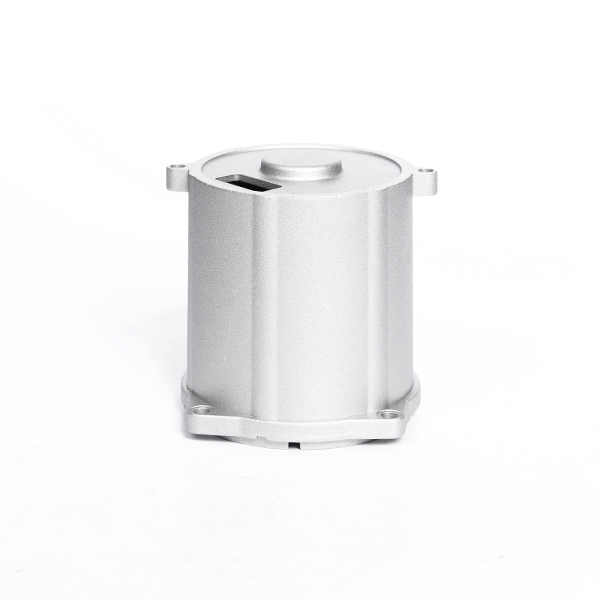Mobile:+86-311-808-126-83
Email:info@ydcastings.com
Techniques and Benefits of Sand Casting in Metal Manufacturing Processes
Sand Casting An Overview of an Ancient yet Vital Manufacturing Process
Sand casting, also known as sand molded casting, is one of the most prevalent and versatile techniques in the field of manufacturing and metalworking. With a history that spans thousands of years, this method has evolved significantly but continues to play a crucial role in producing complex metal parts across various industries. In this article, we explore the fundamentals of sand casting, its advantages, and its applications.
At its core, sand casting involves creating a mold from a mixture of sand, clay, and water. The process begins with the preparation of the sand, which is typically composed of silica, along with a bonding agent to give it shape and strength. Once the sand is ready, it is packed around a pattern, which is a replica of the desired casting. This pattern can be made of various materials, including metal, plastic, or wood, depending on the requirements of the project.
After the pattern is securely placed in the sand, it forms a cavity that reflects the shape of the final product. The next step involves removing the pattern and carefully adding any necessary gating and riser systems, which help to manage the flow of molten metal and ensure proper filling of the mold. Once the mold is prepared, molten metal is poured into it. This metal can be a variety of alloys, including aluminum, iron, or bronze, depending on the desired characteristics of the finished part.
As the molten metal cools, it solidifies within the mold, taking on the intricate details of the cavity. After sufficient cooling time, the mold is broken away to reveal the cast piece, which often requires minor finishing processes such as grinding or machining to achieve the desired specifications. The simplicity of this process, combined with its capability to produce large-scale parts, is part of what makes sand casting so attractive to manufacturers.
sand casting

One of the most notable advantages of sand casting is its versatility. As a method that can accommodate virtually any metal alloy, it allows for a wide range of applications. Industries including automotive, aerospace, and art foundries leverage sand casting techniques to produce components, from engine blocks to intricate sculptures. Moreover, the method's ability to create large, complex shapes makes it particularly useful in situations where other manufacturing processes may fall short.
Additionally, sand casting is often more cost-effective for low to medium production volumes compared to other techniques such as die casting or investment casting. The materials used for molds—primarily sand—are relatively inexpensive, and the equipment required for the process is less complex. This accessibility makes sand casting a favored option for small businesses and custom shops, where unique or prototype parts are regularly needed.
However, sand casting is not without its challenges. While the process is efficient and flexible, achieving a high level of accuracy and surface finish can sometimes be difficult. Factors such as sand quality, mold design, and pouring technique all play crucial roles in the quality of the final product. Continuous innovations in material sciences and engineering are helping to address these challenges, improving the precision and reliability of sand casting.
In conclusion, sand casting remains a vital manufacturing process that elegantly combines ancient techniques with modern needs. Its versatility, cost-effectiveness, and ability to produce intricate designs make it a valuable asset across numerous industries. As technology advances, the sand casting process is likely to evolve further, allowing for even higher efficiency and precision, ensuring its place in the manufacturing landscape for years to come. As we look to the future, the potential for innovation within sand casting is vast, promising new possibilities for designers and engineers alike.
-
Why Should You Invest in Superior Pump Castings for Your Equipment?NewsJun.09,2025
-
Unlock Performance Potential with Stainless Impellers and Aluminum End CapsNewsJun.09,2025
-
Revolutionize Your Machinery with Superior Cast Iron and Aluminum ComponentsNewsJun.09,2025
-
Revolutionize Fluid Dynamics with Premium Pump ComponentsNewsJun.09,2025
-
Optimizing Industrial Systems with Essential Valve ComponentsNewsJun.09,2025
-
Elevate Grid Efficiency with High-Precision Power CastingsNewsJun.09,2025











